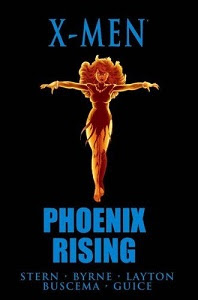
Reading the DC New 52: Month Three
September 28, 2012

September 28, 2012

September 27, 2012

September 26, 2012

September 24, 2012

September 19, 2012

September 13, 2012

September 12, 2012

September 10, 2012

September 5, 2012